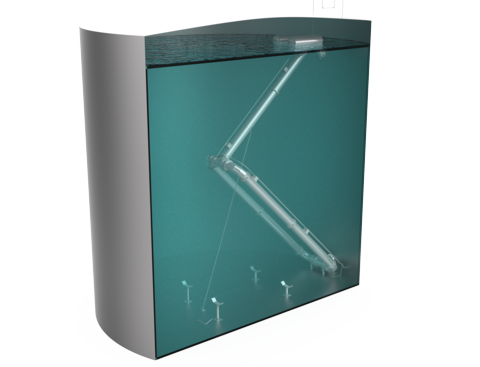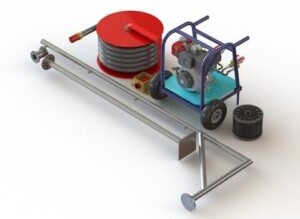Challenges Faced by Wastewater Treatment Plant Operators

The growth of industries and increase in population demands increased water consumption, which subsequently produce wastewater. As we are aware wastewater contains pollutants and requires treatment. We are obliged to use clean water sustainably by treating sewage and industrial wastewater using a correct wastewater treatment process that eliminates pollutants and enables recycle of wastewater for reuse.
Treating wastewater has been a challenge for industries for a number of reasons. Many existing wastewater treatment plants (WWTP) may not have achieved optimum operational efficiency which may lead to discharge of partially treated wastewater into the environment. Due to some of the major challenges a large amount of wastewater is released into the environment, untreated. The four major challenges faced in operating a wastewater treatment plant are:
1. High Energy Consumption
Operating a wastewater treatment plant requires energy for working of various equipment. The amount of energy required is dependent on the pollutants present in the wastewater and the process applied. A substantial part of energy consumption takes place by wastewater aerator that infuses air into wastewater to aid biological treatment.
How can we reduce energy consumption?
In-depth evaluation of the wastewater and treatment process are a key to design an efficient wastewater treatment plant. Almost every process/equipment consumes energy hence selection of equipment is critical. Reduction in a large amount of energy consumption can be achieved by making changes in the equipment used in pre-treatment and biological treatment. The changes that can prove to be beneficial are:
a. Primary treatment: Mechanical screen effectively removes flowing debris from liquid. Fine screens can be employed to the treatment process as it reduces suspended solids to levels near to those achieved by primary clarification thus, reducing the overall treatment load
b. Employing oil skimmer for etp plant
c. Membrane technology can be used for the aeration process
d. Direct treatment of high concentration of return streams
2. Workforce
Wastewater treatment is a round the clock and 365 days job. The wastewater treatment plant requires trained and experienced personnel to address the technical issues and to ensure smooth and efficient functioning of the treatment plant. The entire wastewater treatment process is machine driven and the technicians are required to be alert 24×7. To source and retain qualified and experienced staff is a challenge for wastewater treatment plant operators.
The load on the staff can be reduced by implementing automation in the entire treatment process. Automation aids better management of the workforce.
3. Sludge Management
Wastewater treatment process produces a large amount of residue i.e., sludge. The challenge faced by wastewater treatment plant operators is how to dispose of the excess sludge produced. Direct disposal of sludge can cause harm to the environment
The sludge contains organic matter which can be recycled and used as agricultural fertilizer or soil treatment. Some advances in technology have proved to reduce the amount of sludge produced by WWTP.
4. Footprint
Wastewater treatment plants occupy a large portion of land. With the increase in population land prices especially in urban areas are high, posing a challenge to treatment plants.
Technological development has enabled alternatives to wastewater treatment plant processes/equipment that occupy less space than the conventional process equipment such as lamella separator. Smaller footprint will reduce land capital cost which should encourage setting up of the wastewater treatment plant.
Setting-up and operating a wastewater treatment plant is indeed a challenge. Efforts are made by researchers to develop solutions to improve the wastewater treatment processes. Today, we may not have the perfect solution but we shall soon have one. Until then, detailed study, sound design and selection of the right equipment should be our priority to save our environment.
Frequently Asked Questions (FAQs)
Q1. What are the advantages of using a belt oil skimmer?
A. One key advantage of using a Belt Oil Skimmer is its cost-effectiveness. By efficiently removing the oil from the liquid surface, it helps extend the lifespan of coolants and other fluids used in industrial processes. This reduces the frequency of fluid replacement and ultimately saves costs associated with purchasing new fluids.
Q2. What is a mechanical bar screen and what is its purpose?
A. A Mechanical Bar Screens, also known as a bar screen or a trash rack, is a device used in wastewater treatment plants and other water intake systems. It is designed to remove large debris such as sticks, rags, plastics, and other solid objects from the water flow.
Q3. Where are sluice gates commonly used?
A. Sluice Gates are commonly used in various water management systems and infrastructure projects. These gates play a crucial role in controlling the flow of water, regulating water levels, and preventing flooding in different settings. One of the primary applications of sluice gates is in dams and reservoirs.”





